Artichoke Winter Care: Learn About Overwintering Artichoke Plants
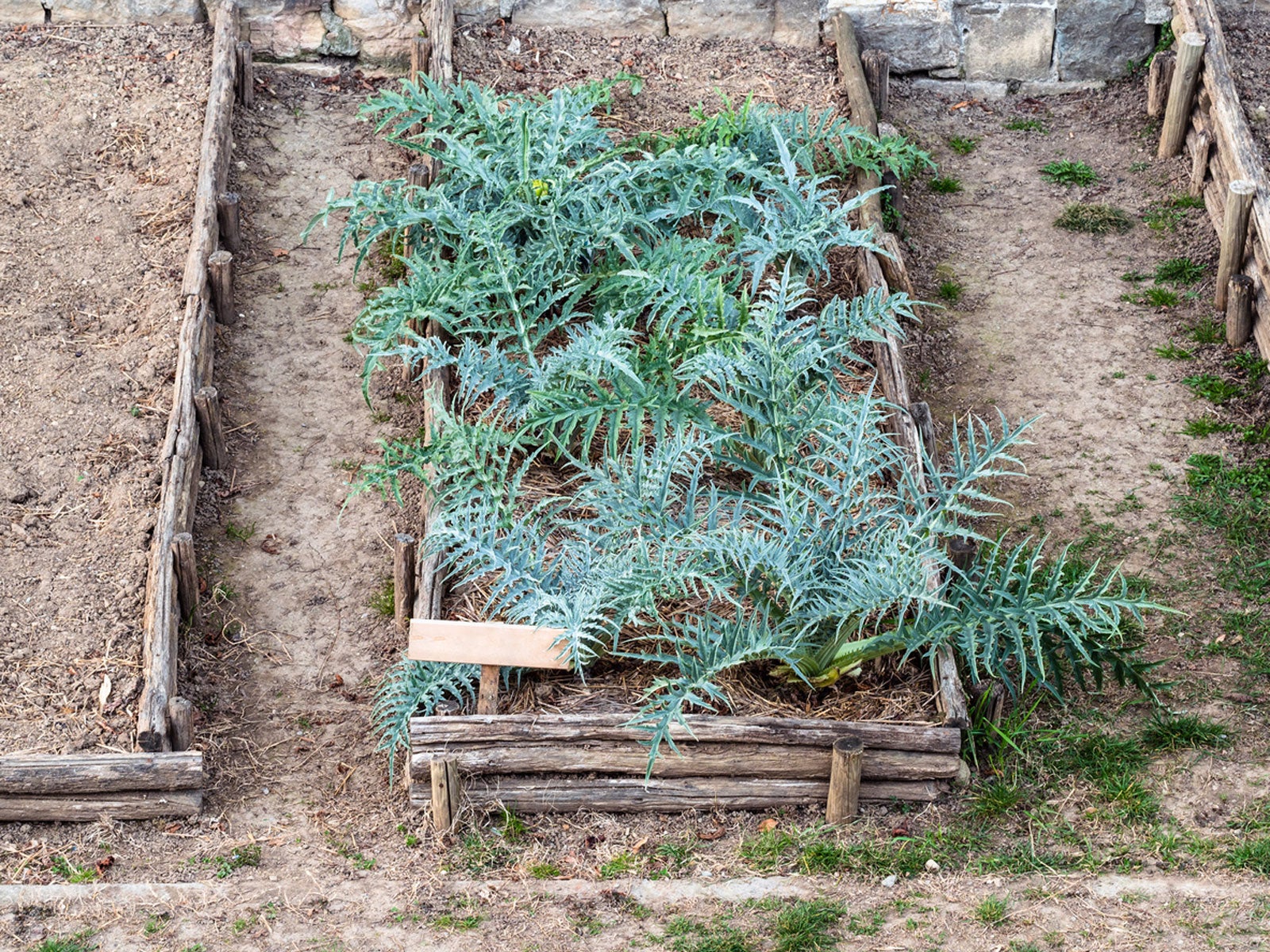
Artichokes are primarily cultivated commercially in sunny California, but are artichokes cold hardy? With proper artichoke winter care, this perennial is hardy to USDA zone 6 and occasionally zone 5 during mild winters. Overwintering artichoke plants isn’t difficult; it simply takes a little knowledge and planning. Artichokes can grow and produce for up to seven years, making it beneficial to protect artichokes in winter.
Are Artichokes Cold Hardy?
Artichokes are native to the Mediterranean, which makes one think they wouldn't tolerate the chill of winter very well. Surprisingly, given proper care, overwintering artichoke plants is very possible.
The edible part of the plant is actually the flower head. When allowed to bloom, this is a neon purple that is quite stunning in its own right. Artichokes do not set flower buds until their second year of growth, so protecting artichokes in winter is essential.
How to Care for Artichokes in Winter
First off, for northern gardeners, select a variety of artichokes such as Green Globe or Imperial Star. These have a shorter growing season, hence are hardier than other varieties.
Once you have grown the plant for a season and winter is approaching, it’s time to tackle artichoke winter care. There are three methods for overwintering artichoke plants.
Artichoke Winter Care Methods
Mulching. If the plant is in the ground, insulate the roots with a deep layer of mulch. Surround the entire plant with chicken wire that rises above the plant. The wire cage should be 12 inches (30.5 cm.) wider than the plant. Using landscape pins, secure the cage to the ground.
Fill the cage with a mix of straw and shredded leaves. Leave the mulched cage in place throughout the winter. When spring arrives and all chance of frost has passed for your region, slowly remove a little of the mulch, gradually exposing the plant over the course of 2-3 weeks.
Gardening tips, videos, info and more delivered right to your inbox!
Sign up for the Gardening Know How newsletter today and receive a free copy of our e-book "How to Grow Delicious Tomatoes".
Container growing. Another method for overwintering artichokes is to plant them in containers. Grow the plants in containers throughout the growing season or dig up plants grown in the garden when temperatures are cool and pot them. Potted artichokes should be planted in rich potting soil mixed with compost.
Instead of heavily mulching the plants, you simply move them into a sheltered area such as an unheated garage or cool cellar with a temperature between 35-50°F. (2-10°C.). No light is necessary for the plants. Prior to overwintering artichoke plants in containers, cut the plants down to the crown when frost is imminent. Next, move them to the selected area and water them every 4-6 weeks until spring.
Dig up and store. The final method of artichoke winter care is probably the easiest and requires the least space. Cut the plants all the way down to the ground when frost is expected. Dig the crowns and root system from the ground and gently shake as much soil as possible from the roots.
Store these bare-root clumps in a box of peat moss in a cold garage or in a refrigerator. Don’t let the box get wet or be exposed to freezing temperatures. Keep an eye on the bare-roots and remove any that become soft or mushy. When spring comes and all danger of frost has passed, replant the bare-roots.

Amy Grant has been gardening for 30 years and writing for 15. A professional chef and caterer, Amy's area of expertise is culinary gardening.
-
 Looking For Plants To Give You The Soft And Fuzzies? Try These 5 Fuzzy Leaf Plant Options
Looking For Plants To Give You The Soft And Fuzzies? Try These 5 Fuzzy Leaf Plant OptionsLovers of texture, drama, silver foliage and tactile plants will adore these special sensory garden additions. These fuzzy leaf plant options will leave you all aglow
By Susan Albert
-
 Get Ready For A Summer Of Hummers! Grow These Full Sun Hummingbird Plants and Flowers
Get Ready For A Summer Of Hummers! Grow These Full Sun Hummingbird Plants and FlowersIf you’re lucky enough to enjoy a sunny backyard, make sure you are maxing out on your pollinator opportunities and grow these full sun hummingbird plants and flowers
By Tonya Barnett
-
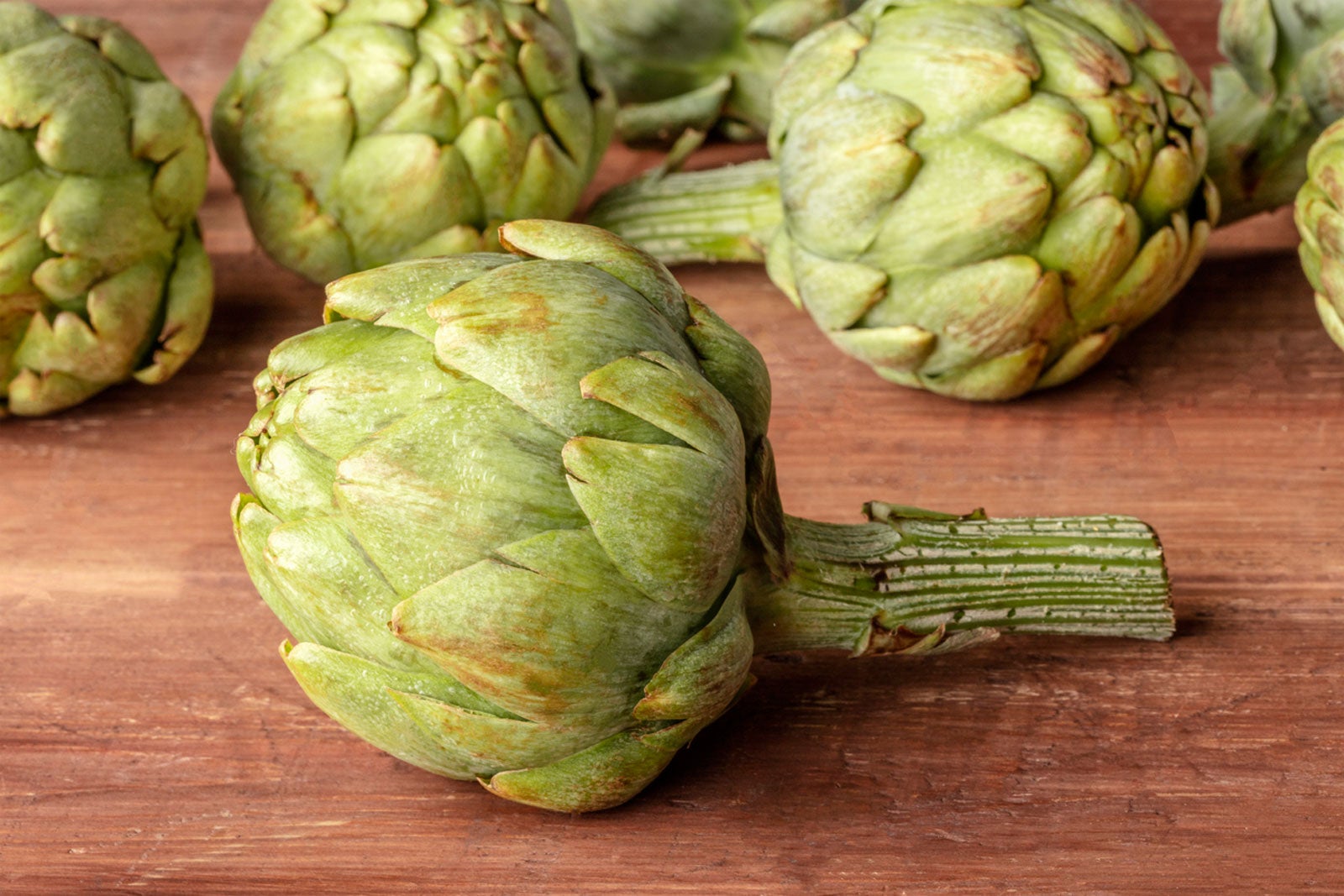 Green Globe Improved Artichoke: Learn About Green Globe Artichoke Care
Green Globe Improved Artichoke: Learn About Green Globe Artichoke CareGardeners grow plants either for their visual appeal or because they produce tasty fruits and vegetables. What if you could do both? The Green Globe Improved artichoke is not only a highly nutritious food but attractive when grown as an ornamental. Learn more here.
By Laura Miller
-
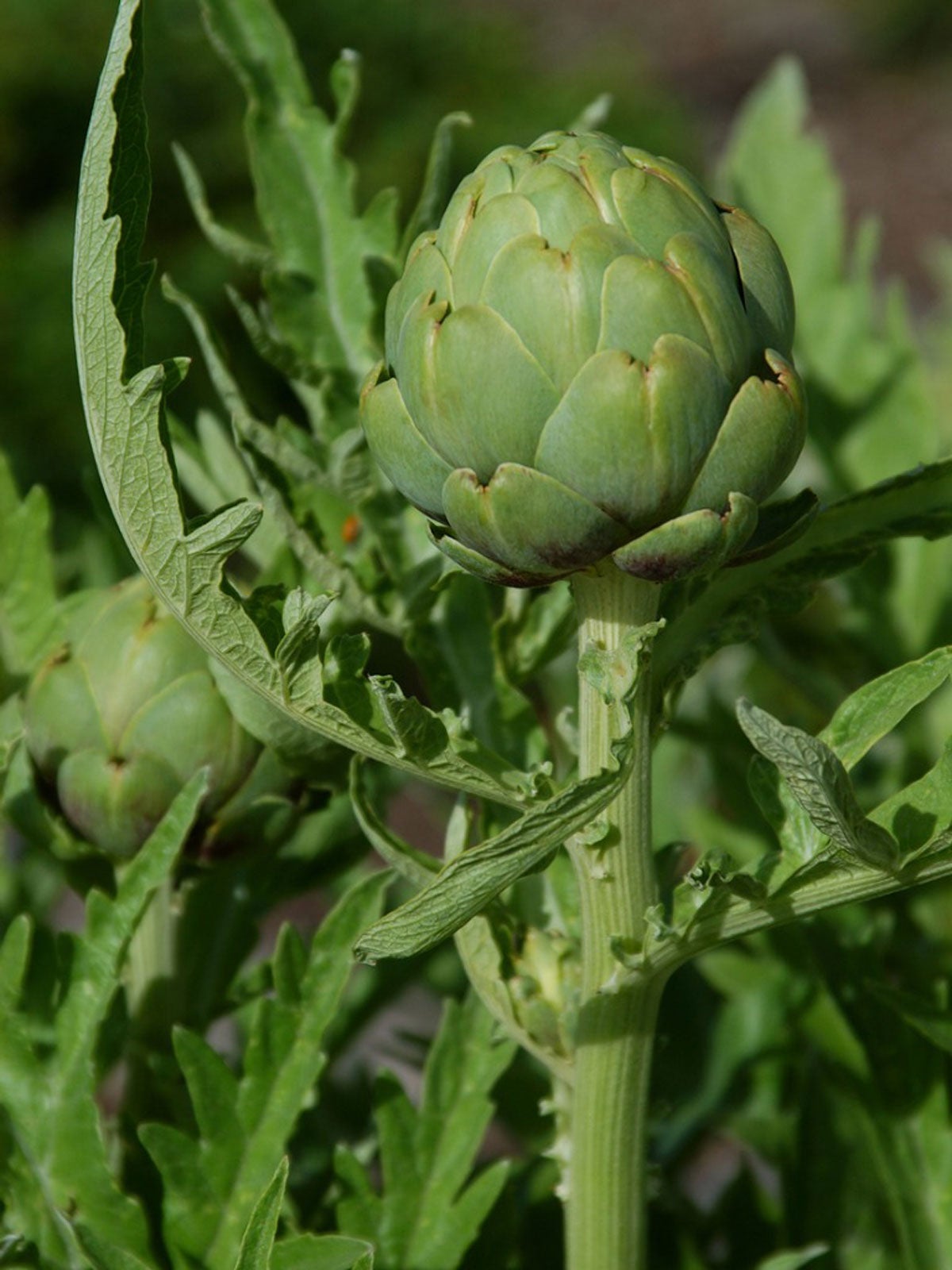 Imperial Star Artichoke Care: How To Grow An Imperial Star Artichoke Plant
Imperial Star Artichoke Care: How To Grow An Imperial Star Artichoke PlantSince Imperial Star artichokes were specifically bred for cultivation as a cold-climate annual, this variety is well adapted for home gardeners who are unable to grow artichokes as perennials. Learn more about this artichoke variety in this article.
By Laura Miller
-
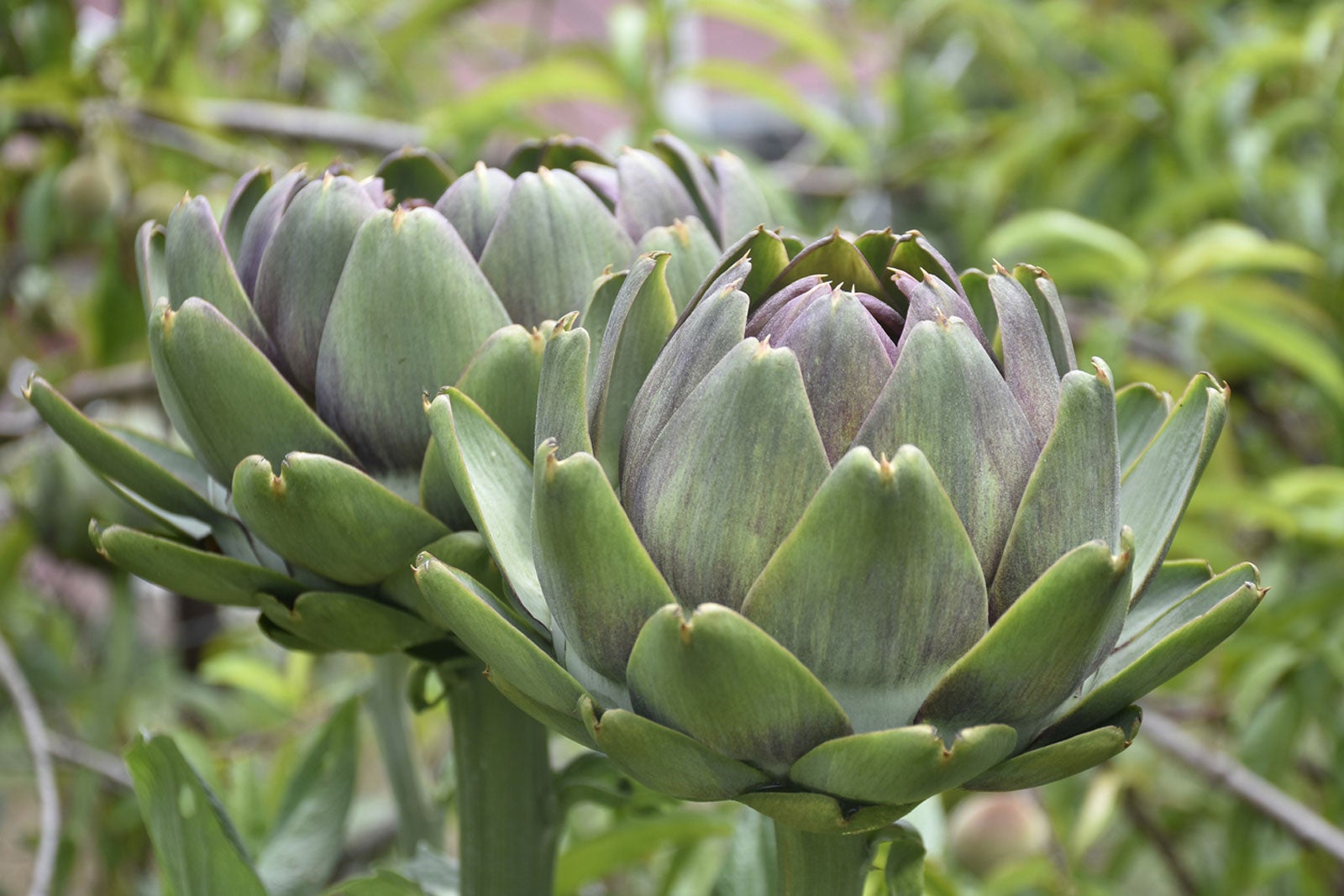 Artichoke Plant Types: Learn About Different Artichoke Varieties
Artichoke Plant Types: Learn About Different Artichoke VarietiesThere are several varieties of artichoke, some of which produce big buds with plenty of flesh, while others are more decorative. Click on the following article for information on different artichoke varieties that might be suitable for your region.
By Bonnie L. Grant
-
 Container Grown Artichoke Plants: How To Grow Artichokes In Pots
Container Grown Artichoke Plants: How To Grow Artichokes In PotsIf you don’t think you have garden space for the large artichoke plant, try growing an artichoke in a container. Potted artichokes are simple to grow if you follow the container grown artichoke tips from this article. Click here to learn more.
By Amy Grant
-
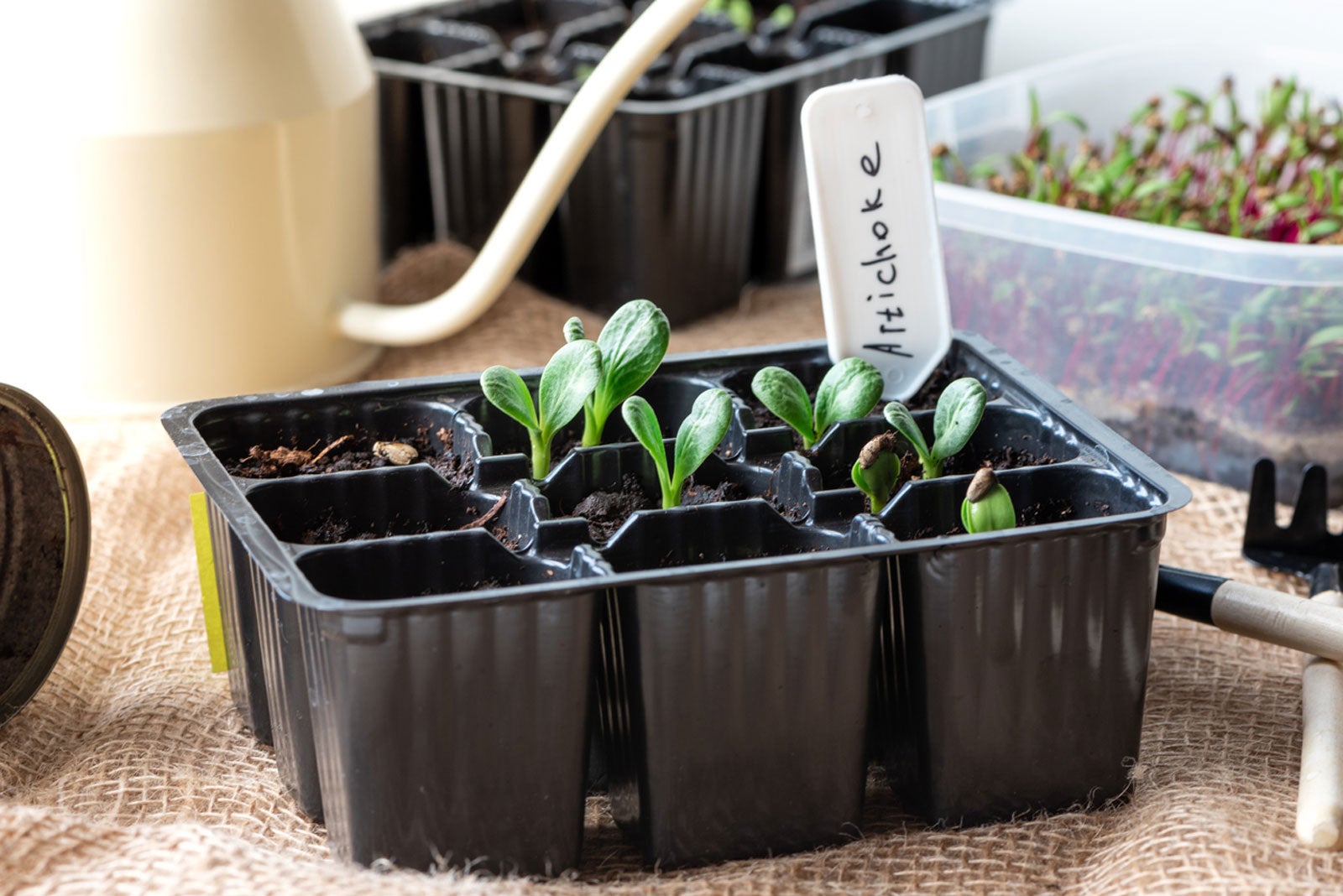 Artichoke Plant Propagation – How To Propagate An Artichoke
Artichoke Plant Propagation – How To Propagate An ArtichokeThe propagation of artichoke plants is believed to have originated in the Mediterranean area where this perennial thistle was considered a delicacy. For information on propagating artichoke plants to grow in the garden, click the following article.
By Laura Miller
-
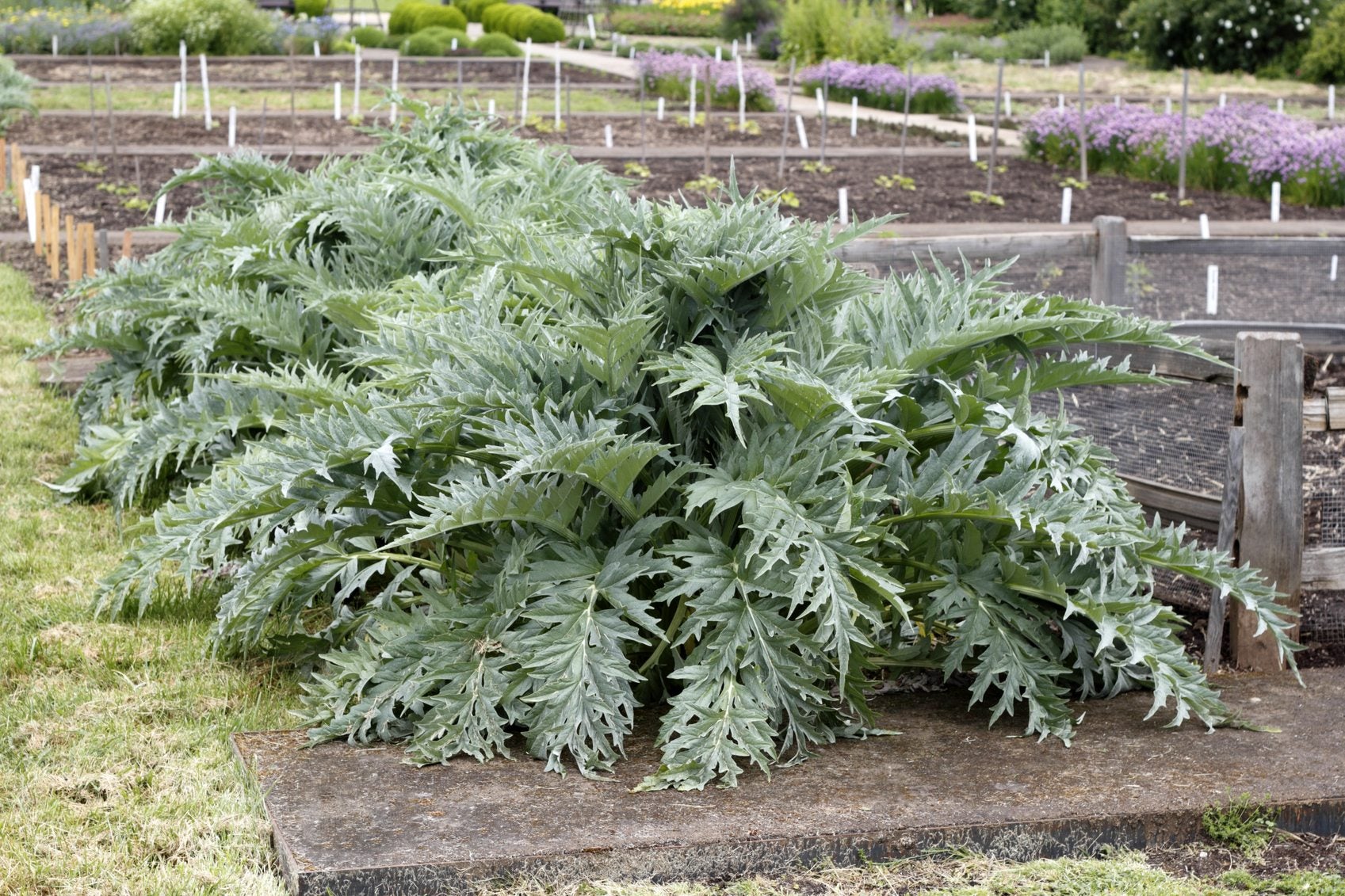 Artichoke Companion Planting: Learn About Artichoke Plant Companions
Artichoke Companion Planting: Learn About Artichoke Plant CompanionsIf you do choose to add artichokes to your garden, it's important to know which plants work well near them and which don't. This article has additional information about what to plant next to artichokes. Click here to learn more.
By Liz Baessler
-
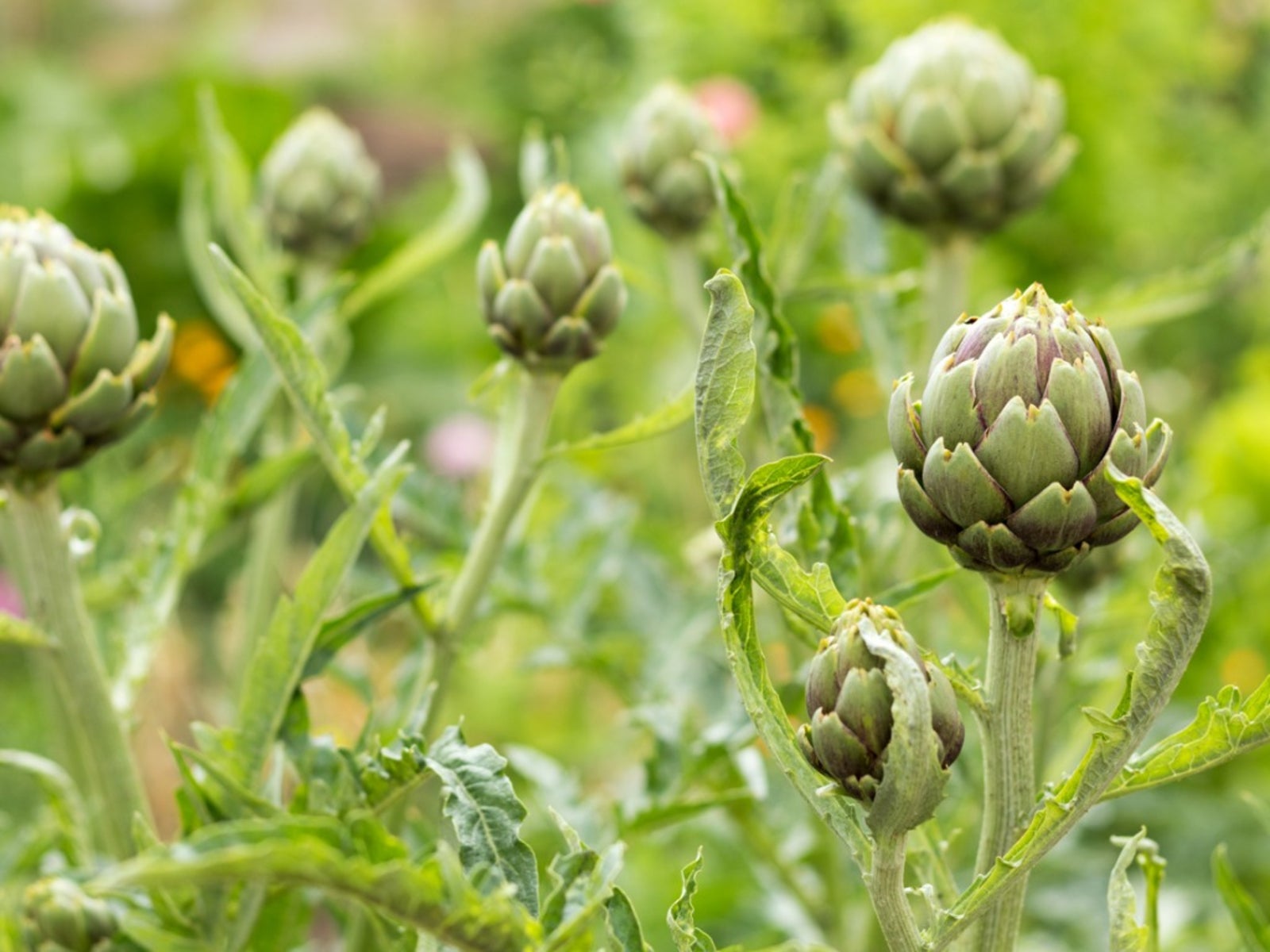 Problems With Artichoke Plants: Pest Control And Care Of Diseased Artichokes
Problems With Artichoke Plants: Pest Control And Care Of Diseased ArtichokesYou may on occasion encounter a few problems with artichoke plants while growing them. To get help for artichoke plants under attack, use the information found in this article.
By Bonnie L. Grant
-
 Picking An Artichoke - When And How To Harvest Artichokes
Picking An Artichoke - When And How To Harvest ArtichokesWhen and how to harvest artichokes in the home garden depends on the type you are growing. If you want to know how to tell when an artichoke is ripe, the information in this article can help.
By Susan Patterson